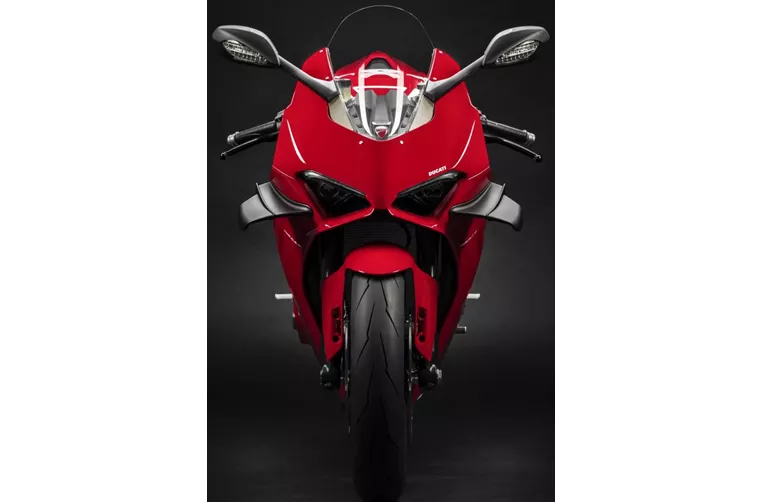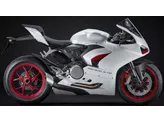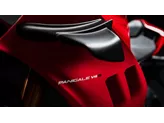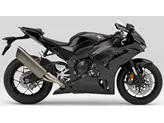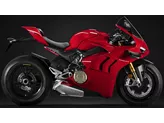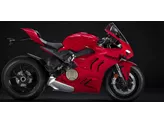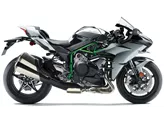Ducati Panigale V4 2020 vs. BMW S 1000 RR 2019
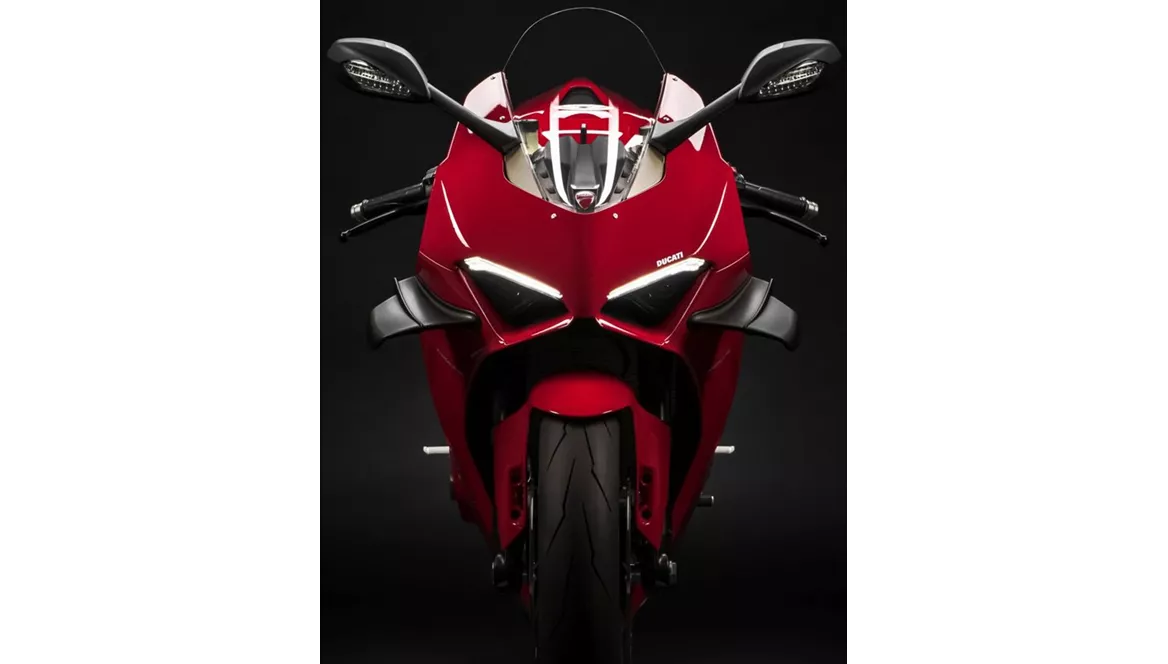
Ducati Panigale V4 2020

BMW S 1000 RR 2019
Vue d’ensemble - Ducati Panigale V4 2020 vs BMW S 1000 RR 2019
The Ducati Panigale V4 2020 and the BMW S 1000 RR 2019 are both high-performance supersport motorcycles that offer impressive specifications and advanced features.
Starting with the engine and drive train, the Panigale V4 is equipped with a V4 engine with a displacement of 1103ccm, producing 214 HP of power and 124 Nm of torque. On the other hand, the S 1000 RR features an in-line 4-cylinder engine with a displacement of 999ccm, delivering 207 HP of power and 113 Nm of torque. Both bikes have a high compression ratio, with the Panigale V4 at 14 and the S 1000 RR at 13.3. The Panigale V4 has desmodromic valves, while the S 1000 RR has DOHC valves.
In terms of suspension, both bikes feature upside-down telescopic forks at the front and a monoshock at the rear. The Panigale V4 has a front suspension diameter of 43mm, while the S 1000 RR has a slightly larger diameter of 45mm. Both bikes offer adjustable compression, preload, and rebound settings for the suspension. The rear suspension of the Panigale V4 is made of aluminum, while the S 1000 RR features a swing arm.
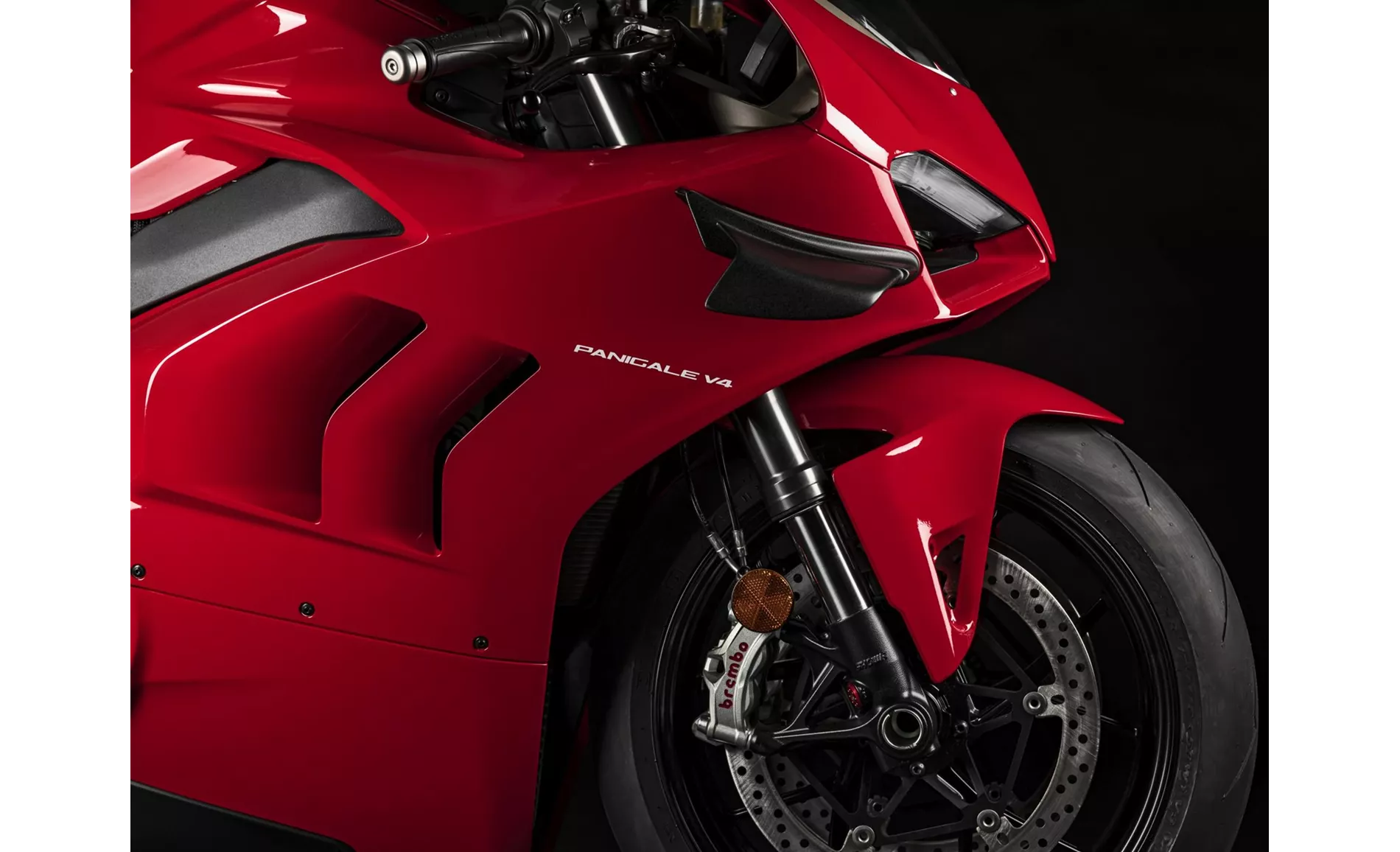
Ducati Panigale V4 2020
In terms of chassis, both bikes have aluminum frames. The Panigale V4 has a monocoque frame type, while the S 1000 RR has a twin-tube, load-bearing engine frame type. The Panigale V4 has a rake of 65.5 degrees and a trail of 100mm, while the S 1000 RR has a slightly steeper rake of 66.9 degrees and a trail of 93.9mm.
Both bikes are equipped with double disk brakes at the front, with the Panigale V4 having a larger diameter of 330mm compared to the 320mm of the S 1000 RR. The Panigale V4 also features radial, monoblock technology for its front brakes. Both bikes come with ABS as part of their advanced rider assistance systems.
In terms of dimensions and weights, both bikes have a front tire width of 120mm and a front tire diameter of 17 inches. The Panigale V4 has a wider rear tire width of 200mm compared to the 190mm of the S 1000 RR. Both bikes have a rear tire diameter of 17 inches. The Panigale V4 has a slightly longer wheelbase of 1469mm compared to the 1441mm of the S 1000 RR. The seat height of the Panigale V4 is 830mm, while the S 1000 RR has a slightly lower seat height of 824mm. The Panigale V4 weighs 198kg (with ABS), while the S 1000 RR weighs 197kg (with ABS). Both bikes have a fuel tank capacity of around 16 liters.
In terms of equipment, both bikes come with LED headlights. The S 1000 RR also offers additional advanced rider assistance systems such as riding modes, launch control, ride by wire, quickshifter, and traction control.

BMW S 1000 RR 2019
In terms of strengths, the Panigale V4 is praised for its clever electronics, noticeable upgrade from the previous model, and improved accessibility. On the other hand, the S 1000 RR is commended for its linear power delivery, wide rev range, precise DDC suspension, excellent shift assistant, sportier seating position, and high-quality details.
In terms of weaknesses, the Panigale V4 is criticized for its small fuel tank size and straight-line stability in wet conditions. The S 1000 RR, on the other hand, is said to have lost some thrill due to its linear power delivery, and its menu navigation may take some time to get used to.
Overall, both the Ducati Panigale V4 2020 and the BMW S 1000 RR 2019 are exceptional supersport motorcycles with their own unique strengths and weaknesses. It ultimately comes down to personal preference and riding style when choosing between these two models.
Caractéristiques techniques Ducati Panigale V4 2020 par rapport à BMW S 1000 RR 2019
Avantages et inconvénients en comparaison
Avantages et inconvénients en comparaison
Ducati Panigale V4 2020
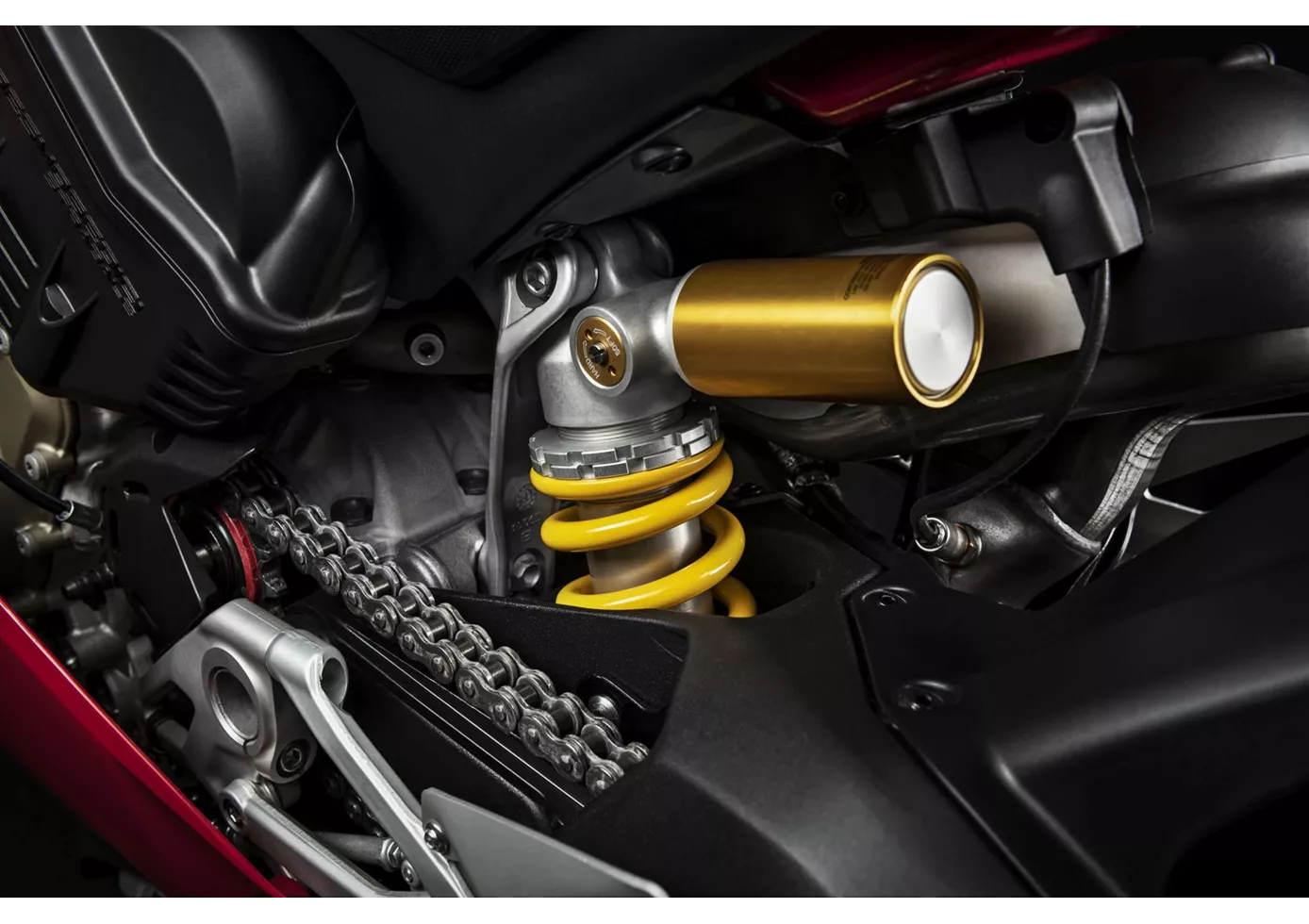
La conclusion est très facile à tirer. Ducati a amélioré une "moto déjà presque parfaite" sans rien changer de négatif. Bien que la conduite sur route avec ce carénage radical fasse déjà sensation et que l'un ou l'autre pilote trouve cela désagréable, il se sent visiblement plus à l'aise avec elle sur la piste de course. On obtient une moto "out of the box" qui ressemble plus que jamais à une moto de championnat du monde Superbike. Je pense en outre que le propriétaire de la V4 2018 est tout à fait en mesure d'améliorer ses temps au tour avec la version 2020. Mon conseil : si l'on fait en sorte d'agrandir le réservoir ou de le rendre plus adhérent, on pourrait rouler encore plus avec sa coque sur le centre.
BMW S 1000 RR 2019

La nouvelle BMW S 1000 RR 2019 est une supersports entièrement nouvelle. Elle est devenue nettement plus compacte et surtout plus légère. La machine est incroyablement facile à piloter et donne presque l'impression d'être une 600 par rapport au modèle précédent ! La position d'assise et l'ensemble des réglages de la machine sont devenus nettement plus sportifs, mais ils peuvent être appliqués sur l'asphalte de manière beaucoup plus conviviale grâce au package électronique nettement amélioré, au poids économisé et, last but not least, au déploiement de puissance presque linéaire du moteur - Bravo ! Un bémol subsiste malheureusement : si l'on veut profiter au maximum des nouveautés, il faut malheureusement cocher un maximum de cases chez le concessionnaire. Mais en contrepartie, tu peux créer ta propre BMW !
Comparaison des prix Prix moyen du marché Ducati Panigale V4 vs BMW S 1000 RR
There are a few key differences between a Ducati Panigale V4 2020 and a BMW S 1000 RR 2019. In terms of price, the actual average price of a Ducati Panigale V4 2020 is about 117% higher. Compared to BMW S 1000 RR 2019 there are less Ducati Panigale V4 2020 bikes available on the 1000PS.de Marketplace, specifically 6 compared to 11. It takes less time to sell a BMW S 1000 RR with 63 days compared to 100 days for the Ducati Panigale V4. Since model year 2018 1000PS.de editors have written 18 reviews for the Ducati Panigale V4 and 135 reviews for the BMW S 1000 RR since model year 2010. The first review for the Ducati Panigale V4 was published on 11/5/2017 and now has more than 131,500 views. This compares to more than 4,000 views for the first review on BMW S 1000 RR published on 4/16/2008.
